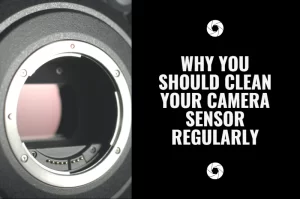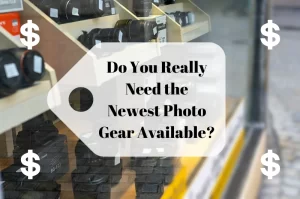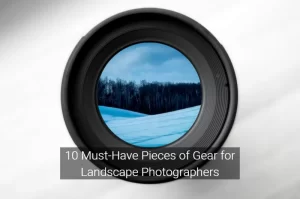I’ve been a professional photographer for several years now. Over that time, I’ve made a lot of mistakes and missteps. Perhaps I’ve made more mistakes as a pro than I did as a beginner. Since they say that good decisions come from wisdom and experience and also wisdom and experience come from bad decisions, perhaps I should share some of my experience. So, here are 5 more tips which I really wish I would have known when I transitioned to a professional photographer.
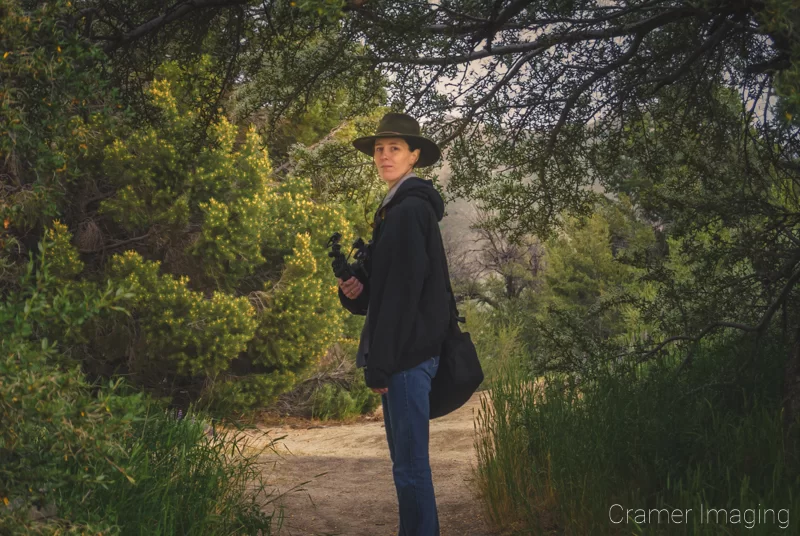
1. Don’t Use Low-End Kiosks for Quality Prints
Early in my photography career (in fact, right as I was going pro), I sent some commissioned photos to a Walgreens kiosk for printing. I processed the photos up so they looked perfect on my computer screen. However, when they came back, I cringed. I found those particular prints left much to be desired. Since then, I’ve also commissioned Wal-Mart and Costco to make me prints. I found those prints compare in quality to those of Walgreens. Other low-end kiosks and print services will also compare to those mentioned above.

One thing I learned later is that professional photographers may outsource their printing services. However, they do not choose low-end print services. They seek out high-end print companies to perform that task. These print companies provide archival quality prints and offer color correction services/printer profiles so you can color correct yourself. With color correction, a print comes out of the printer looking exactly (or as close as possible) to how the photo should look.

If you elect to use a low-end kiosk, then you cannot guarantee much at all. Your paper choice is made for you. It’s whatever the company stocks the printer with. Archival paper and ink are more expensive. Thus, you may not see such available at a low-end kiosk. Also, you won’t see proper color correction as an option. Most casual photographers or hobbyists don’t know about or care about color correction. In fact, you probably won’t find the specs you need to properly color correct your photos even if you know how to do so.
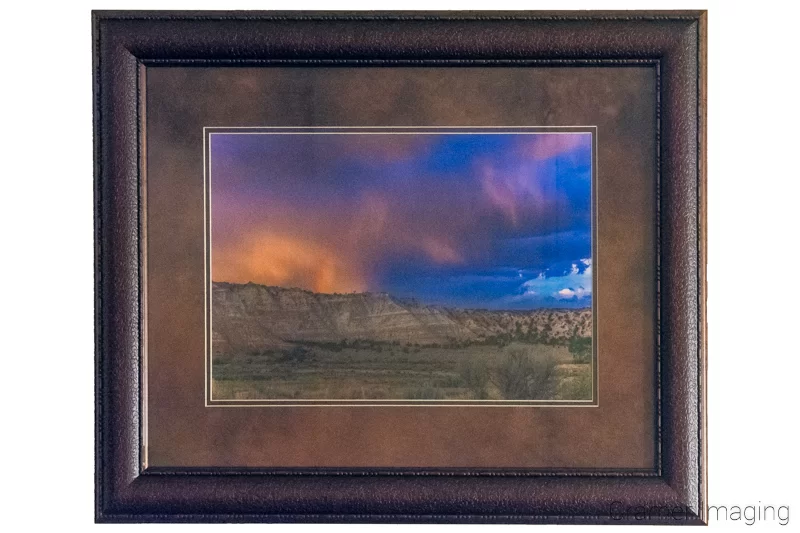
Instead, research out a professional photo print company to outsource your services to. This way, your professional composition and editing skills don’t receive an amateur finish. You look like a professional photographer from start to finish (shutter click to final print).
2. Find Yourself a Business Mentor
Perhaps one of the best things you can do for yourself, as a beginner business owner, is to find yourself a mentor. The business world is fraught with perils which you cannot fathom before going pro. A mentor, already skilled in the field, knows business. He or she will be able to properly instruct you in how to set up your business legally, guide you in marketing your photography, and point out places for improvement which you might be blind to. In short, a mentor will personalize your business education in ways that classroom or online learning cannot.

Early in my business education, I learned that tons of business owners will advertise some magic formula to success. All you need to do is participate in this master class, join this program, etc. Be wary of such promises. Oftentimes, these classes and programs are merely a way to convince you to buy THEIR product or service. Ok, sure, these products or services might help a little short term for one sore spot. But inevitably, they are far from what you need to build yourself a proper business.

Instead, you should seek out someone who will actually sit down with you and work with you directly. Perhaps you might find yourself a mentor in the business world. Otherwise, try checking out your local Small Business Administration options. They offer counseling, loans, and other opportunities for small businesses. Check out what they offer if you want business mentoring.
3. Your Business is a Business if You Treat it Like a Business
Many new business owners, photographers included, fall into the trap of wanting that perfect look for their business on day 1. They feel that anything less will repel customers away. However, my experience shows differently. My experience shows that your business is a business if you treat it like one.
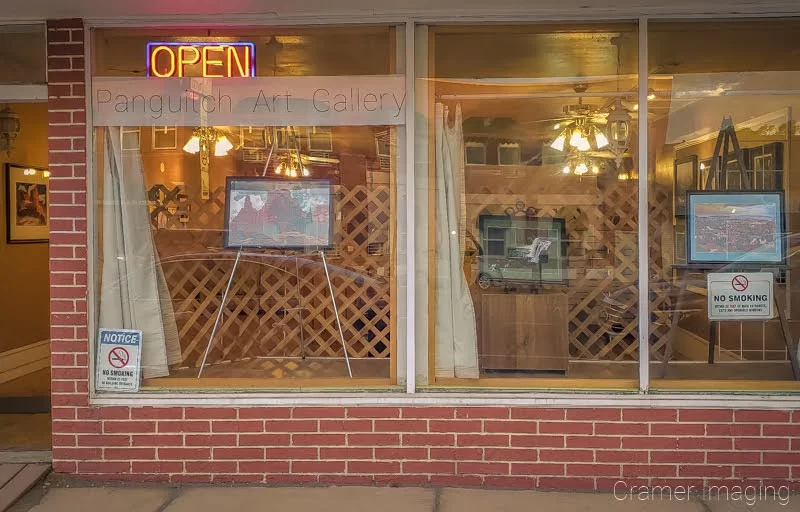

I’ve started more than one business in my life now. I’ve seen customers literally walk in the door and take note of how things look. They sometimes even comment on the apparent status. However, I’ve also noticed that they give you grace for being a startup. In fact, they’re often more forgiving when that’s the case. But you still must act like you’re running a business. If you are honest, up front, courteous, and professional, then customers respond better to you. However, unprofessional behavior/demeanor and poor customer experience will drive customers away from you faster than anything.

If you’re trying to go pro, then you must concentrate your product/service and your client experience. That is the key to building your customer’s trust. It’s also very much demonstrating that you treat your business like a business. Worry about frivolous details and appearances later as you gain the money for it. Plenty of other successful and profitable businesses out there show rough edges somewhere. Slowly make your business look perfect as you go along.
4. ‘Going Viral’ Won’t Help You
I’ll start by agreeing that ‘going viral’ will gain you exposure. However, it might not be the exposure you want for your business. Let’s also not forget the fickle nature of ‘going viral’ requirements. No one can accurately predict what will or won’t ‘go viral.’


Early into my photography career, I often thought about how important it was to get my name out there to build my business and reputation. In fact, I watched several other photographers out there create or build on names with a viral post on social media. It seemed like a great way to gain exposure at the time. Then I learned just how much it would not help me.
I learned that ‘going viral’ is more like a sensational flash-in-the-pan. You may gain momentary spotlight. It might even give you positive attention. However, it’s always short-lived. Those social media followers you gain from the viral piece may not connect well with your overall brand. In fact, you may repel most of them over time. Then you lose them. Or, even worse, your business isn’t yet ready to handle the massive attention and the mass orders. Then your customer experience will suffer and you’ll lose clients. They’ll even leave scalding reviews which leave you in a worse position than before the viral spotlight hit you.
No, ‘going viral’ will often kill more businesses than it will build without the proper infrastructure in place beforehand. Plenty of good and otherwise profitable businesses featured on “Shark Tank” go under because of too much attention too quickly and no/not enough pre-prepared infrastructure. Instead, you want to focus on more important photography business matters. Consistently create a quality product/service. Make your existing customers love you. Build a reputation of quality over time. I know. You’re impatient. So was I. Impatience doesn’t help. But neither does ‘going viral.’
5. Consistency is Key
I’ve already mentioned this point more than once in previous points. However, it bears repeating. It especially bears repeating as you are trying to go pro with your photography. You must be consistent everywhere you can be. Please keep in mind that consistency here means that you aim for a target. That target is a minimum standard of quality and professionalism. It’s perfectly ok to overshoot. However, it’s unacceptable to undershoot that target. Consistency is your branding.
So, let’s break down a few places where you must show consistency.
- Photo composition competency
- Photo editing style
- Print quality
- Extra add-ons quality (matting and frames, albums, jewelry, holograms, client gifts, etc.)
- Legality (contracts, refund policy, terms of service, licenses, etc.)
- Accounting and other money matters

- Phone, text, email (and other client communication) tone and professionalism
- Website/blog and social media presence
- Marketing tone and message
- Customer satisfaction
- Conflict resolution
- Delivery by deadlines
- Overall customer experience
Perhaps you’ve noticed a running theme through most of those bullet points. I sure did. Most of them directly relate to your product/service and dealing with customers. Each one of those customer touch points must be consistent. After all, those touch points are most of your branding right there.

As you’re trying to go pro with photography, I suggest you look at each of these points and decide how you wish to proceed. I advise starting with how you want the customer to feel at the end. Then carefully work backward. Look at every step you anticipate and figure out how to direct the customer to that feeling you want. Craft email templates, blog posts, refund policies, and other important steps beforehand. Please remember that things will change and evolve over time. Also, remember that you cannot anticipate every possible question or pitfall ahead. So, be flexible. However, maintain that consistency overall.

With consistency in your branding (I’ve told you how to create your brand), you should recruit happy repeat customers ready to sing your praises. You’ll build a business you can be proud of.
Conclusion
Going pro as a photographer comes with lots of pitfalls. There’s no way you can anticipate all of them. However, perhaps you can miss some of the pitfalls I found when I decided to “go pro” as a photographer. I’ve found many more as a beginner professional photographer. So, I’ll continue this series so you can educate yourself and avoid some of my mistakes. Perhaps you’ll reach profitability much faster than I did by going pro. Good luck on your new venture as a professional photographer.

